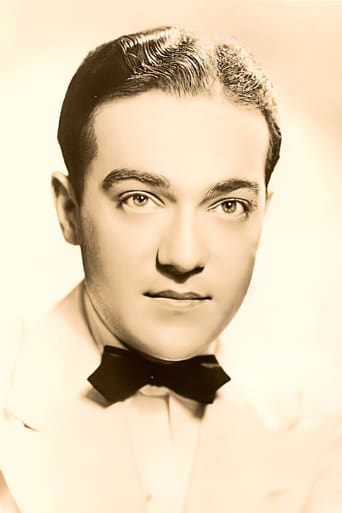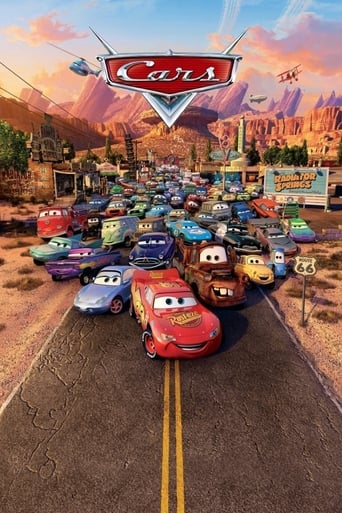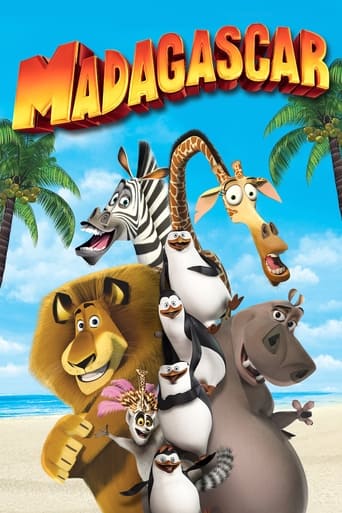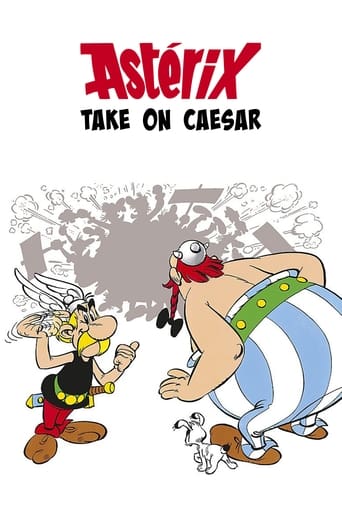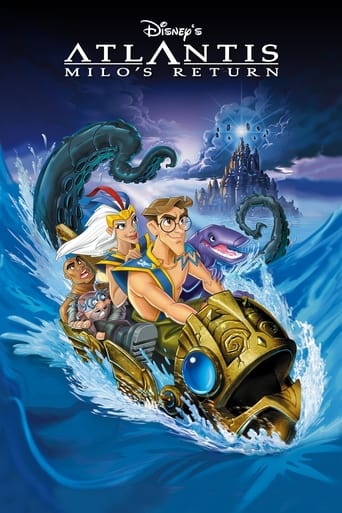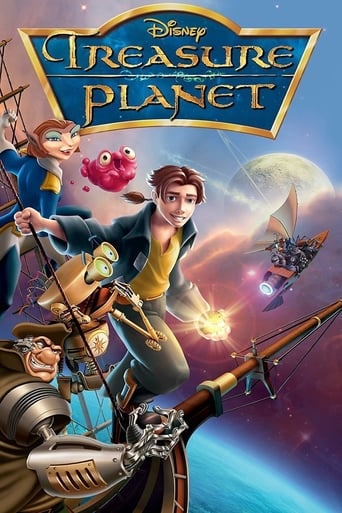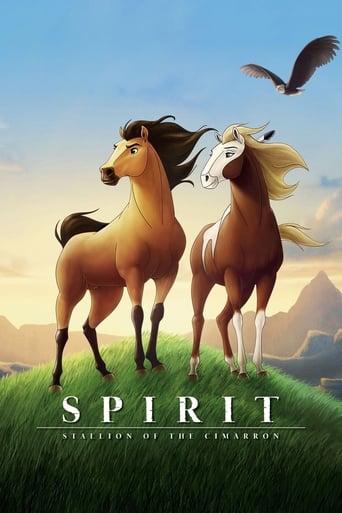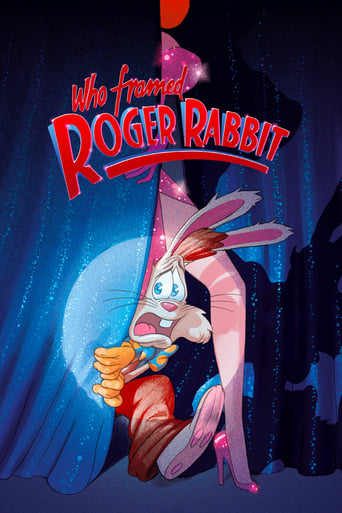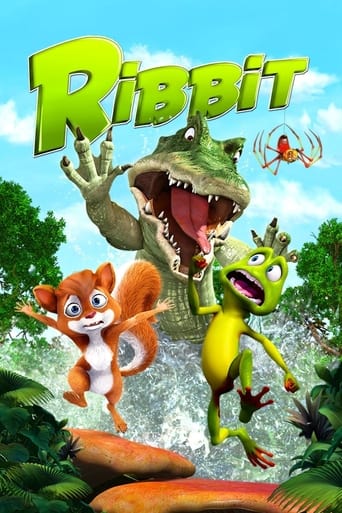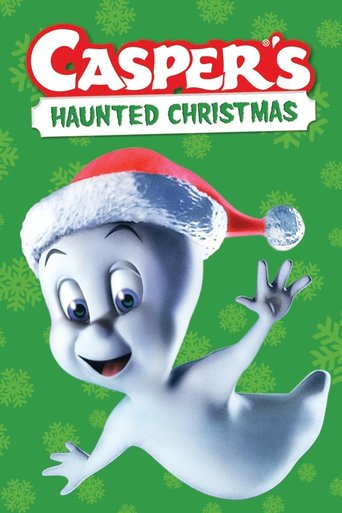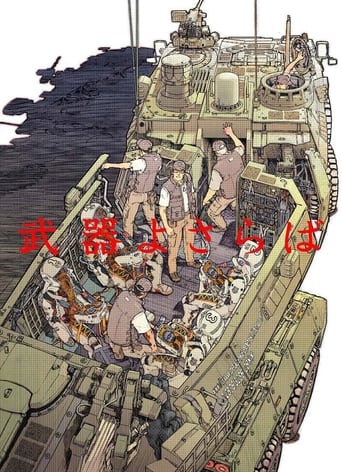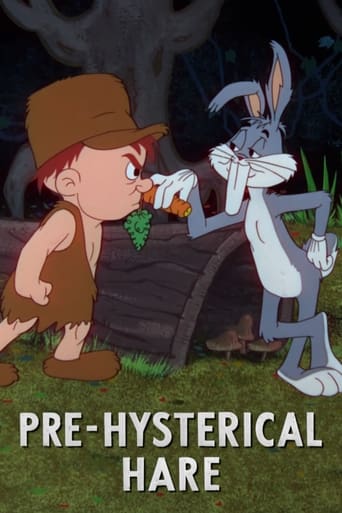
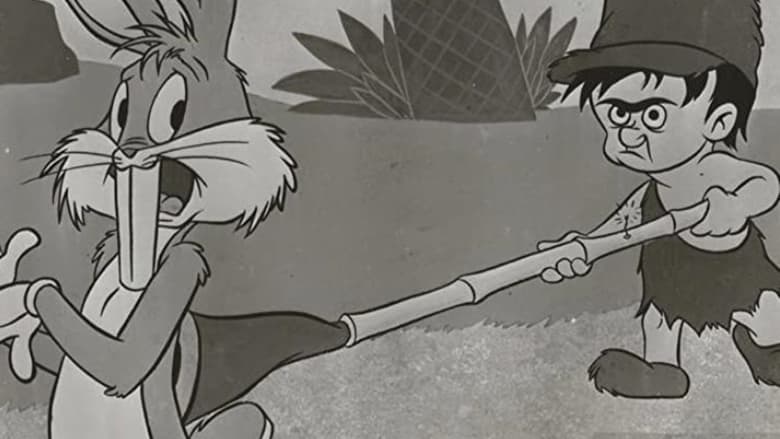
Pre-Hysterical Hare (1958)
Bugs discovers a Micronesian Film Documentary in "Cromagnonscope" showing Elmer Fuddstone and a sabertooth bunny in 10,000 BC.
Watch Trailer
Cast
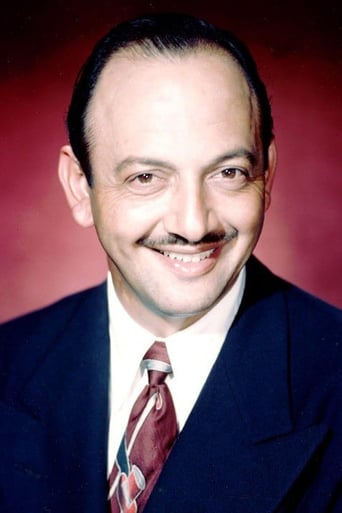


Similar titles
Reviews
The performances transcend the film's tropes, grounding it in characters that feel more complete than this subgenre often produces.
Funny, strange, confrontational and subversive, this is one of the most interesting experiences you'll have at the cinema this year.
The film creates a perfect balance between action and depth of basic needs, in the midst of an infertile atmosphere.
Actress is magnificent and exudes a hypnotic screen presence in this affecting drama.
ACJIEVING AN OUTSTANDINGLT successful series such as Warner Brothers BUGS NUNNY is a difficult enough job. But maintaining a high level is even more so. In a sense, a character and series become a sort of victim of its own success and the expectations generated in the mind of the unsuspecting public.BY Putting YOUR surrealistic protagonist in a variety of situations and occupations you attempt to keep things fresh and original; at least as it can be expected to be. WHEN THE SERIES has enjoyed a long and successful run, it must by its very nature, begin to repeat, rework and turn to sequels. The next step is to look at previous episodes and look to do the opposite in terms of settings, circumstance and pursuit by the "enemy"/antagonists. (In this case, it would be either Elmer Fudd or Yosemite Sam.WE SUSPECT THAT this "through the looking glass" approach was the gateway that led to today's reviewee, PRE-HYSTERICAL HARE.DIRECTED BY VETERAN Robert McKimson, Bugs were certainly not in the hand of a neophyte or "hack". Mr. McKimson had certainly done many Bugs pictures before; along with colleagues like Bob Clampett, Tex Avery, Fritz Freleng and Chuck Jones.BUT THERE MAY have been other forces coming into play here. Was the competition from television cutting into budgets? Were the production members suffering a sort of malady akin to "Writer's Cramp?" Was there in inordinate desire to move on to new territory and push the envelope?OUR GUESS IS hat there was a certain amount of each of these negative factors. Coupling with the notion of the 'opposite setting', which probably was at the heart of this "throwback" setting.THERE HAVE BEEN other prehistoric themed cartoons in our memory. We recall one LOONEY TUNES/MERRIE MELODIES entry from circa 1940 that featured a Caveman who was a caricature of Jack Benny. Of course the Hannah-Barbera television series production, THE FLINTSTONES came along a year later. There was no similarity in any of the three; other than having Stone Age settings.AS YOU HAVE no doubt gathered by now, this is not a favourite with us. Although no Warner Brothers cartoon is without some share of chuckles and otherwise positives, this is not very memorable.TWO ** STARS.
Ian L., not sure if Seely or designated film editor Treg Brown chose the music, though John Seely WAS the boss of the stock music, but seems everybody in the business then worked or moonlighted at various stock libraries, and they were purchased by Seely and his co-producer Ken Nelson at Capitol Records. In addition, of course, there was original music done for Capitol, and here, or "HARE", is where it gets more confusing:A number of different composers-George Hormel, Jack Cookerly, Emil Cadkin, John Seely, Bill Loose, Joseph Cacciola, Spencer Moore, and Seely's successor Ole Georg and such later names as Ib Glindemann were credited writers,but even more----people NEVER credited for some of those. Among those was some A listers-- such as David Rose!!!! Yes, the same one who once married Judy Garland and made all those records!.Mr. "Holiday for Strings" and "The Stripper" himself.According to researcher Paul Mandell, from John himself---David Rose had "written them" but was expected and very graciously;y sold them "rights free and composer free" (and credit-free, as I have pointed out.)Another of those ghost writers was Jack Meakin and there were others. (Meakin became among the more noted, in part for George A.Romero's "Night of the Living Dead")Still also, John Seely was A-not THE-but A distributor of composer Jack Shaindlin's, and possibly Chappell's and various others on their own labels (the composers mentioned above, though only a few wrote original pieces-and boy, did they EVER!-for Capitol, usually had already written for Sam Fox, or Phil Green's solo composition's for UK's EMI Photoplay, and others that wound up in Capitol's connections, and all of this was RELEASED and LABELED as Capitol Hi-Q.)Whew! So in short----suffice it to say that the music came from a variety of sources. To another poster: Well, to be honest, on the music matching up, especially with Milt Franklyn, a lot of the Warner Bros.cartoons made at the time, in 1958, like the previous year's "What's Opera Doc?" that continued to be praised, had music going against the action, and Carl Stalling in the heyday in the pre-1950s years, did it much better.On Elmer Fudd's voice: Neither Mel Blanc nor the radio character actor responsible for the official voice, Arthur Q.Bryan, is used (nor were Daws Butler or Hal Smith, as was assumed in the 1980s.) As probably is already mentioned in the entry credits and the reviews, comedian Dave Barry (not the current humorist!!) tried the hand at doing Elmer's "wewentwess" :) hunter voice, and did it badly,a admittedly. Another irony, Mel Blanc was the narrator heard briefly. More on the stock cues, relevant only to this particular short (WB did five others during that 1958 musician strike, and even some other projects like the "Bell Science", using this):Most of John Seely's Capitol stock music like in the sequence with Mel's narration is from the Dramatic series and adding to the eventual cult status of the library, can be heard (again!) "The Night of the Living Dead" and "MST3K" worthy (Bugs proves himself such by commenting on his stone age counterpart) horror flicks from earlier ("The hideous Sun Demon" and "Teenagers from Outer Space!!"). Incidentally, recognizable stock music is in the second half, though to add to the cartoon's bad reputation, that is where Bugs and Elmer meet-it's the "Eccentric Comedy Suite" by David Rose, which graced many a Ruff and Reddy and Yogi/Huck/Meeces show, and others, contractually credited (see my earliest paragraphs, to John Seely and Bill Loose).The cues were TC-(ThemeCraft) 201, and 300. And that's TC-202 used on the opening. Those number/letter, and in many cases if variants on a cue was done, an addition letter, codes, were used to personalize the publisher-s there's another stock cue used on this, in "Gopher Broke" and THREE times in "Hip Hip Hurry", two others in the Warner Bros. fall 1958 schedule, L-69 Animation Comedy, credited to Zephyr Records producer Spencer Moore. His partner was the separetly credited George Hormel, who used ZR. (Moore had worked at a few other publishing firms.) No doubt this databse and other reviewers will have more information. I got this from odds and ends, including several music blogs, but this is in my words.Incindetally, just rememebred, the entry credits for this will have other names, too. So I'll just leave it here.
The Looney Tunes series had very few complete clunkers. Unfortunately, "Pre-Hysterical Hare" was one of the few in that category. And it's not just mediocre; it's a total whiff.The first major problem is that the main premise (that is, prehistoric versions of Bugs and Elmer) takes a good two minutes to get started. By that time, there are room for only a few set pieces before the cartoon abruptly ends. And because the pacing of the gags was slower than in the 40's and early 50's shorts, there are even less gags overall. They really should have started on the prehistoric setting (perhaps with brief narration to describe that the characters are ancestors of the characters we know and love) instead of doing a pointless Bugs/Elmer chase in the present and Bugs discovering and setting up the film reel that showcases the prehistoric Bugs and Elmer.And what we do get is pretty old hat, even for 1958 when the cartoon came out. Ooh, a gag where Bugs blows into the opposite end of a dart gun so that Elmer swallows his own projectile. Seen that before. Then there's a gag where Bugs teaches Elmer how to load a rifle but puts a component on backwards so Elmer shoots himself. Again, nothing unique there. There was also no creativity to Elmer setting a rope trap but Bugs merely pulling the rope so Elmer falls out of the tree.But the worst offense of "Pre-Hysterical Hare" is that it's just boring. For starters, there's no energy to the cartoon. There are a few scenes where Bugs and Elmer just stand around, talking. How exciting. And even the gags themselves are executed in a very listless, tired manner. The other reason the cartoon's boring is that instead of Milt Franklyn's always enjoyable orchestral music, we get a series of stock music pieces chosen by John Seely which don't follow the on-screen action as closely. Bear in mind, I have nothing against stock music; for example, I love the music from Ren & Stimpy, and even some of the music used in the other Looney Tunes shorts with Seely's input is catchy (see "A Bird in a Bonnet" and "Weasel While You Work"). But what is used here is just bland, and doesn't accentuate the gags at all. Even the title card music could put you to sleep.Other problems with this short? There's some brief (yet pretty obvious and jarring) repeat footage from an earlier cartoon, someone else other than Arthur Q. Bryan playing Elmer (and doing a poor imitation at that), a prehistoric Bugs design that isn't really much different than the modern Bugs design (only changes are longer teeth, bad posture, and slightly more shaggy fur), and a glaring goof where Bugs doesn't move his mouth when saying a line. No, I doubt it's an internal monologue, because his lips were moving just a couple seconds earlier.There's one decent joke in this cartoon, and that's Bugs mocking Elmer's trademark laugh. But it comes at the very end of the short, so by then, it's too little, too late. Overall, "Pre- Hysterical Hare" has a "phoned in" feel that doesn't even come close to taking advantage of its prehistoric setting, which is a shame because Bugs cartoons are often some of the best in the classic cartoon library, and Robert McKimson (who directed this) has done better with the character than this. Worth a look for morbid curiosity, but definitely not one you'll be re- watching over and over.
I love the Looney Tunes cartoons, but this isn't one of the good ones. The pacing and humor are subpar, which for a Warner Bros. cartoon is a great disappointment.There were some problems that plagued the production of this cartoon; maybe that's why it didn't come out so good. The first problem you'll notice is that canned music is used from John Seely Assc. instead of a full orchestrated score. The music used is rather tepid, and doesn't sync to the action on screen like the best of Carl Stalling's scores did for the Looney Tunes. The second really noticeable problem is when Elmer Fudd speaks. The original voice of Elmer Fudd, Arthur Q. Bryan, didn't work on this cartoon, probably because he was ill. (He died the year after this cartoon was released.) Dave Barry took over the job of providing Fudd's voice, and he doesn't sound anything like the character should. Another problem adding to the overall mediocrity is the fact that the animators in director Robert McKimson's unit, at the time of this cartoon, had little experience animating. Combine that with the tighter budgets the crews had to work during the late 50's and the animation really suffers. It's limited and very dull -- the characters mainly stand around and talk. There's very little slapstick like in the better cartoons from the 40's and early 50's. I say avoid this one, unless you're curious to see how low a once great cartoon series could sink.


